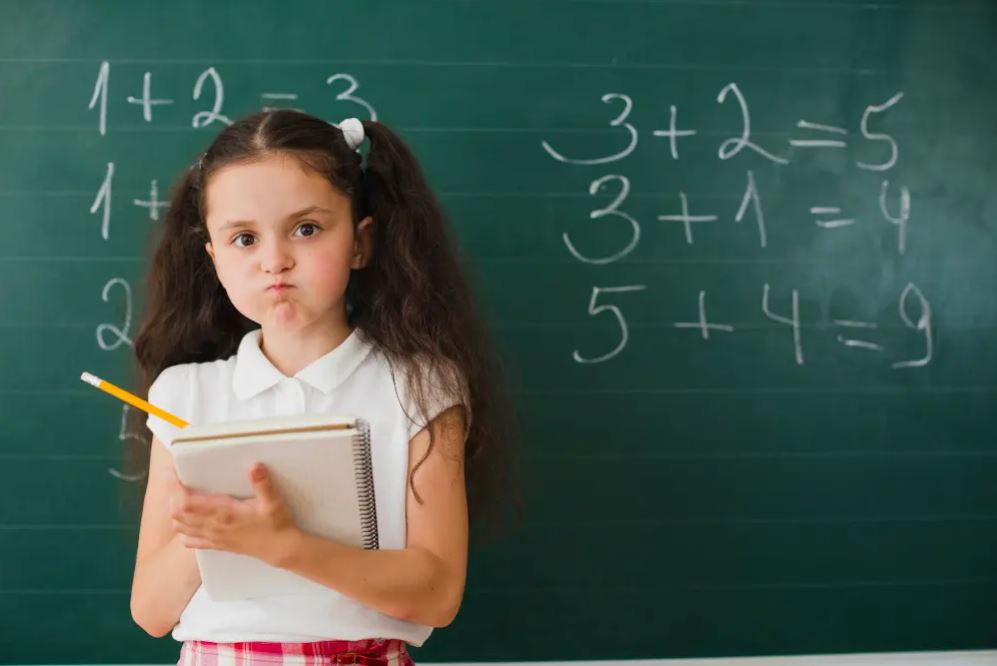Key Points at a Glance
Real-life examples make abstract algebra concepts more relatable and easier to understand.
Using activities like budgeting, sports stats, and cooking helps students apply algebra in meaningful ways.
Student engagement increases when algebra is connected to daily experiences.
For many students, algebra can feel like a foreign language—full of symbols, variables, and rules with little connection to the real world. But the truth is, algebra is everywhere—from the supermarket to the football field, from mobile data plans to daily time management.
When educators bring real-life examples into algebra lessons, students not only understand better but also become more motivated to learn. This article explores how to teach algebra using real-world situations, making math both relevant and rewarding.
Why Students Struggle with Algebra
Algebra is often taught as a set of procedures or formulas to memorize. While this may work temporarily, students quickly forget the concepts without deeper understanding or context.
Common struggles include:
Difficulty relating variables and equations to real life
Seeing math as “just numbers” with no purpose
Lack of engagement due to abstract teaching methods
That’s why grounding algebra in real-world applications is so effective—it turns formulas into tools students can use in everyday problem-solving.
Real-World Examples That Make Algebra Click
1.Budgeting and Shopping
Use scenarios like:
Calculating discounts and sale prices
Creating a weekly shopping budget using equations
Comparing unit prices to find better deals
Example: “If you have $50 to spend and each item costs $x, how many can you buy?”
This reinforces linear equations, inequalities, and arithmetic operations.

2.Sports and Statistics
Sports offer a fun and interactive way to teach algebra. Students can:
Track player performance using formulas
Predict outcomes based on averages
Analyze game statistics using graphs and algebraic expressions
Example: “If a basketball player scores 2 points per shot and makes x shots, how many points does he score?”
This builds understanding of variables, functions, and graphing.
3.Cooking and Recipes
Scaling recipes up or down helps students practice ratios and proportions.
Example: “If a recipe that serves 4 needs 2 cups of flour, how much flour is needed for 10 servings?”
Cooking also involves measurement conversions and unit analysis—key algebraic skills.
4.Architecture and Design
Designing floor plans or calculating building materials introduces:
Geometry in real contexts
Algebraic expressions for area and cost estimation
Systems of equations for budgeting projects
Students can even design a dream house using equations and basic algebra to determine dimensions and costs.
5.Travel Planning
Incorporate time, speed, and distance to reinforce formulas.
Example: “If a car travels at 60 km/h, how long will it take to reach a destination 240 km away?”
This helps explain the equation: Distance = Rate × Time
Final Thoughts
Teaching algebra with real-world examples does more than improve grades—it helps students see the purpose of math in their lives. From managing money to understanding sports, algebra becomes a tool they’ll actually use.
As educators, it’s our job to show students that math is not just about solving for x—it’s about solving real problems.
